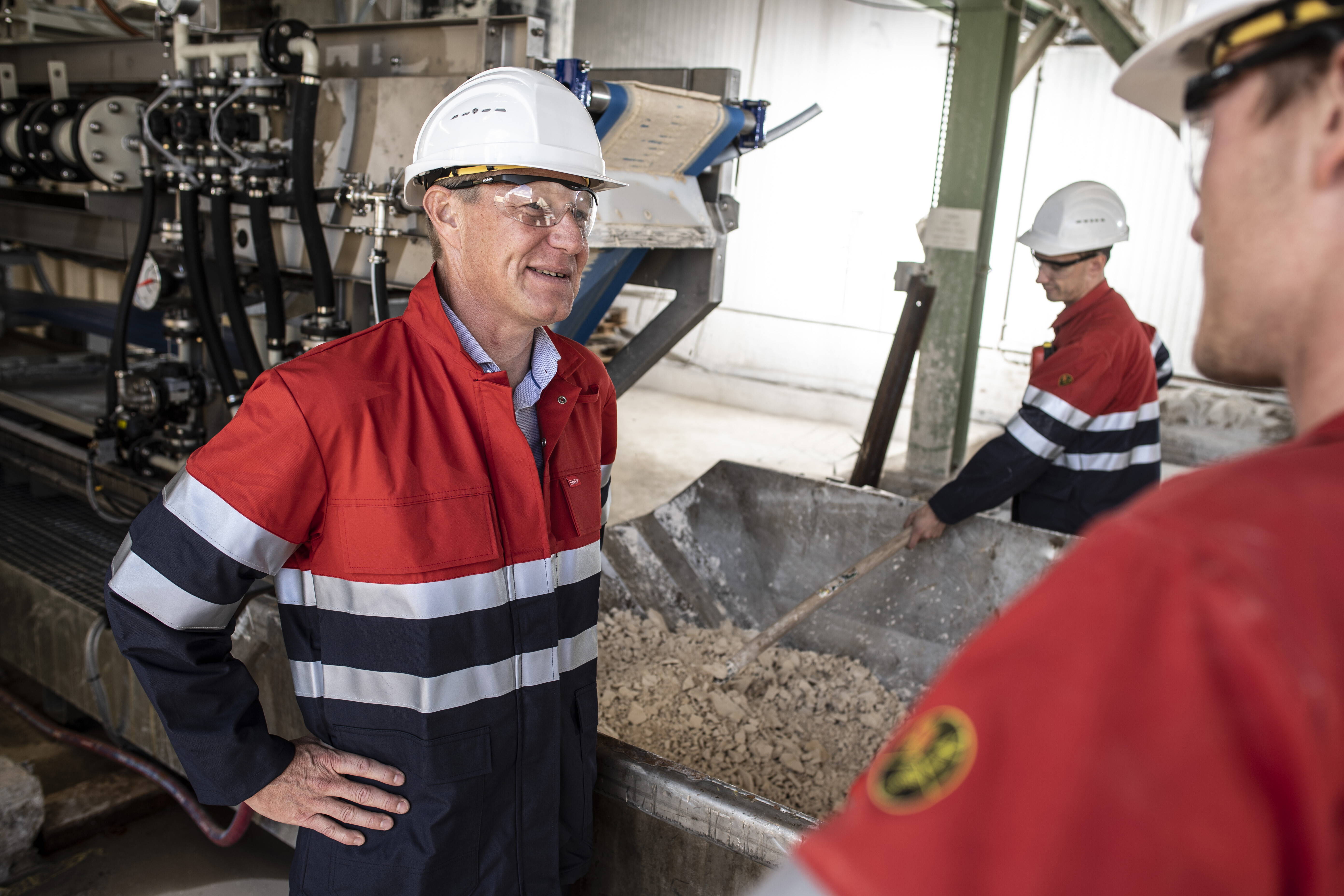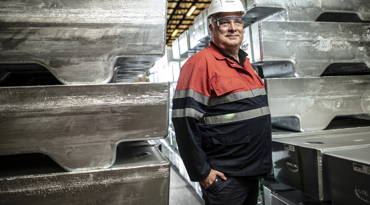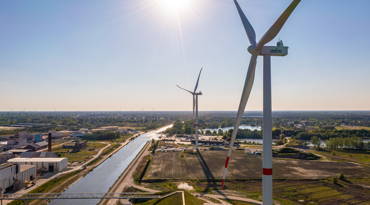Nyrstar goes one step further in using recycled materials in its production process. ‘Old’ zinc is being reused to make new zinc, without any loss of quality.
A considerable proportion of the zinc metal that Nyrstar produces in Balen and Pelt comes from recycled raw materials. To be more specific, it is a dusty product that is created as a result of recycling the zinc from demolished steel structures, scrapped cars and household appliances, for example.
‘The zinc metal that we obtain from recycled zinc is identical to other zinc metal in terms of composition and qualitative characteristics’,’ stresses Rob Ballet, Technology Manager at Nyrstar.
The final step of that recycling is carried out by Nyrstar itself, at its site in Pelt. Those secondary raw materials are then processed at the sites in Balen, Budel (NL) and Auby (FR).
Valuable metals
‘Primary raw materials still account for the majority of the materials that we use in our zinc production process, although the percentage of secondary raw materials increases each year,’ says Ballet. ‘Primary raw materials are zinc concentrates from ores that are shipped from mines all over the world to Antwerp and then transported by train to Balen and other European sites.’
Besides zinc, other valuable metals such as copper, lead and cobalt – metals that are essential for the energy transition – are also recovered from those primary raw materials. These are then sold as valuable by-products to other metallurgical companies. Many of those

The zinc metal that we obtain from recycled zinc is identical to other zinc metal in terms of composition and qualitative characteristics.
Rob Ballet,
Technology Manager at Nyrstar
companies are part of Flanders Metals Valley: an ecosystem made up of dozens of Flemish businesses and knowledge institutions.
Green fuel
Nyrstar also uses zinc concentrate as a carbon-free, green fuel for the first stage of the production process
(so-called roasting).
Ballet: ‘Zinc concentrate contains sulphur and can spontaneously combust after heating. We recover the thermal energy that is released in the process as high-pressure steam which we use not only to drive our zinc production but also to heat the whole plant, without us having to use any other fossil fuels.’
Purification technique
An unavoidable consequence of the process of roasting and purifying the roasting gases is the release of waste waters containing acids and metals. In both Balen and Pelt, Nyrstar uses high-performance specialised purification techniques to purify that waste water. These purify the water to produce a quality that complies with the strictest standards for surface water.
Rainwater
Rather than using mains water for its production processes, Nyrstar in Belgium uses a mix of rainwater that is collected at its sites and water from a local water remediation project.
‘This is historically contaminated water that is pumped up near to our sites in order to purify the shallow groundwater,’ says Ballet. ‘The by-product of that water purification mainly consists of gypsum. That gypsum can then be reused again by companies in the construction and cement industry.’


